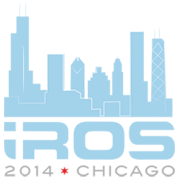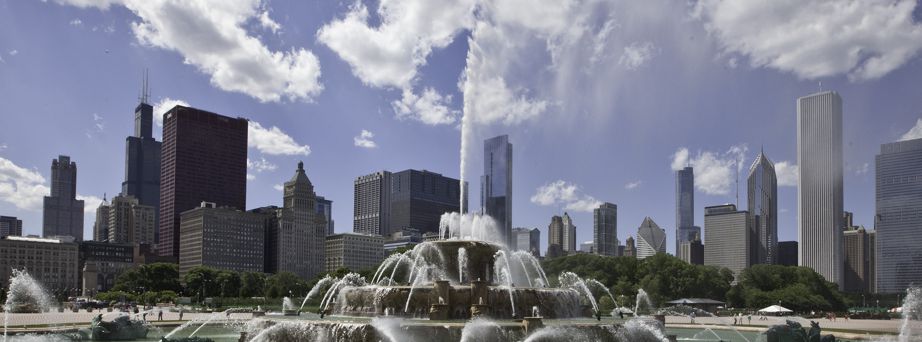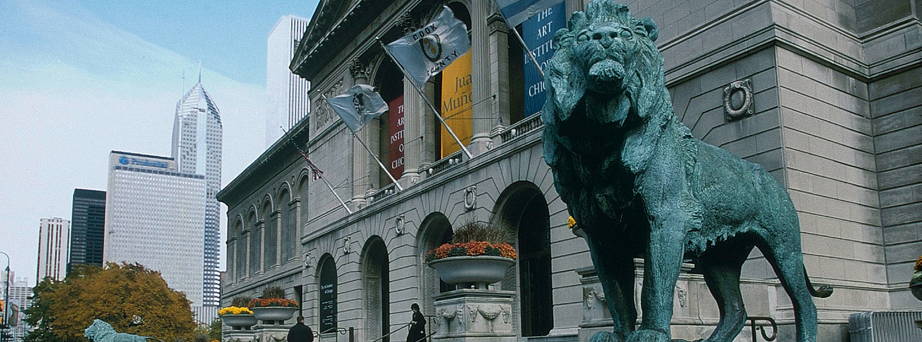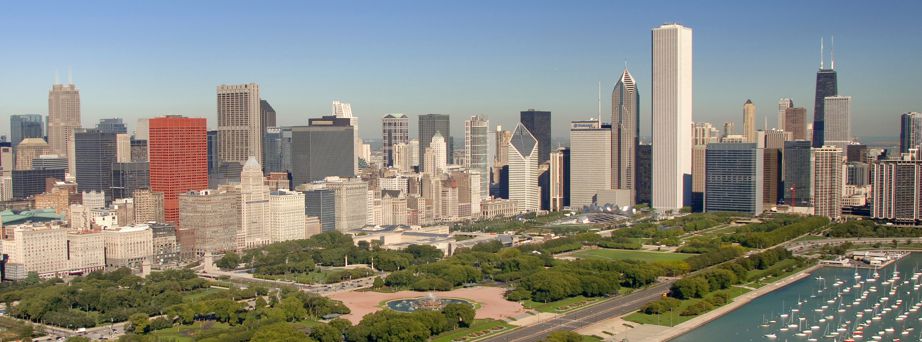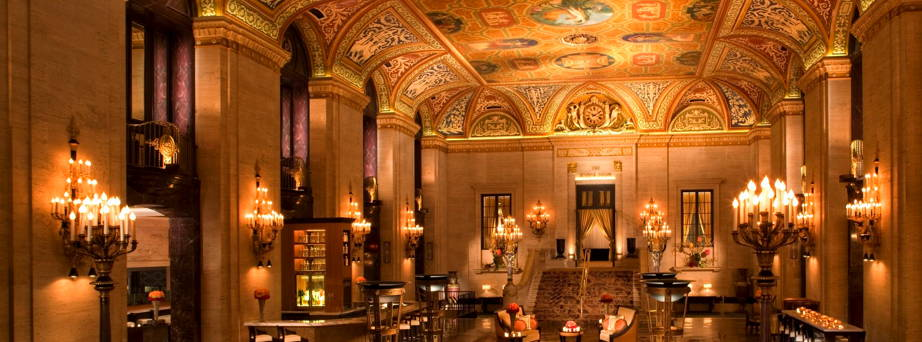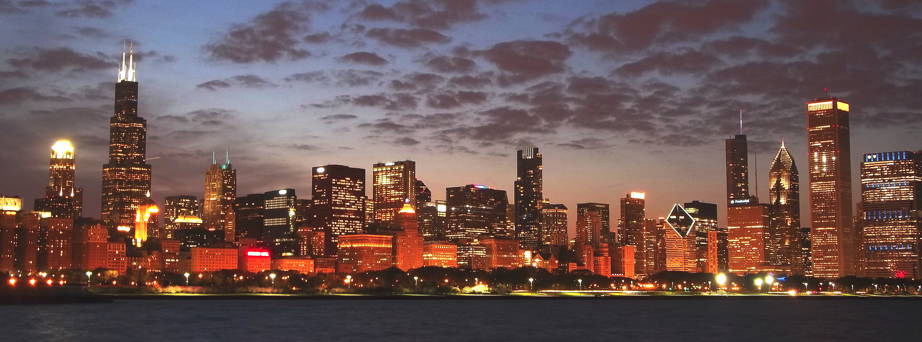Transportation
By Air
Chicago is served by two major airports, O'Hare International Airport (ORD) and Midway International Airport (MDW). O'Hare is the second busiest airport in the US with direct connections to many cities nationally and internationally. To get from the airport to the Palmer House, you can take a taxi or the less-expensive Chicago train system (the 'L'). See more information below.
By Taxi
Taxis are available at almost any time at almost any location in the downtown Chicago area. Simply raise your hand to hail a taxi. It is customary to tip the taxi driver 10-20% of the fare for good service.
At O'Hare and Midway, follow the signs from the baggage claim area to the taxi stand. Never accept a ride from a taxi that has not been selected for you by the person working at the taxi stand. A taxi from O'Hare to the Palmer House, 17 East Monroe St., Chicago, costs 40-50 USD and can take 30 minutes in light traffic and up to 90 minutes in heavy traffic, such as rush hour. A taxi from Midway costs 30-40 USD and takes 20 minutes to an hour depending on traffic.
By the CTA Elevated Train (the 'L')
The Chicago Transit Authority (CTA) operates buses and trains. The most convenient is the elevated train system, or 'L.' The L train system serves both major airports and has stops very close to the Palmer House. At the airports, follow the signs for trains to the city. From O'Hare, take the Blue Line 18 stops (about 41 minutes) to the Monroe (Blue Line) station. Walk one block east on Monroe St. to the Palmer House. From Midway, take the Orange Line 8 stops (about 24 minutes) to the Harold Washington Library station. Walk three blocks north on State St. and turn right (east) on Monroe St. to reach the Palmer House.
CORRECTION: You can take the Blue Line from O'Hare to Monroe Station without getting off. The train simply bypasses California.ALERT: The California station on the Blue Line from O'Hare to Monroe is closed for construction. If you take the L from O'Hare airport, you will have to get off at the Logan Square station and transfer to a #56 bus to bypass the California station and get to the Western station. The transfer is free but could add 10-15 minutes to your ride. See the CTA site for more information. If you prefer to avoid the hassle, take a taxi.
To ride the L, buy a single-ride ticket at a machine at the L station by paying $3.00 ($5.00 from O'Hare). When you enter the gates to reach the platform, touch your card to the card reader. You will not need the card again. The L is an inexpensive alternative to taxis. You can find the L system map and other information at the Chicago Transit Authority website.
Walking
The conference location (17 E. Monroe St.) is in a busy financial, shopping, and theater district, in easy walking distance of many attractions and restaurants. Most Chicago streets run east-west or north-south and use a coordinate system, with State St. (a north-south street) serving as the zero axis for east-west, and Madison St. (an east-west street) serving as the zero axis for north-south. Addresses that differ numerically by 800 in the east-west direction or north-south direction are 1 mile (1.6 km) apart; for example, 800 N. Michigan Ave. and 400 S. Michigan Ave. are separated by 1.5 miles (2.4 km). See the coordinate grid below.

Bicycling
Chicago is a bike-friendly city. The easiest biking is along the Lakefront Trail, which runs 18 miles (29 km) along Lake Michigan from the north end of the city to the south end. This is also the best way to see the city (more information under "Things to Do"). There are also numerous bike lanes within the downtown area. The closest place to rent a bike for an extended bike ride is at the Millennium Park location of Bike and Roll, 239 E. Randolph St. For shorter rides, the Chicago Divvy bike system allows you to pay USD 7 for 24-hour use of bikes at convenient locations across the city. As these bikes are intended for transportation from one site to another, each ride must be less than 30 minutes to avoid incurring extra charges. Learn more at the Divvy site.
Copyright © IROS 2014. All Rights Reserved.
